By NORIMITSU ONISHI
SAN FRANCISCO — Victory in the America’s Cup of 2010 gave Larry Ellison, the tech titan who had spent hundreds of millions of dollars trying to capture sailing’s ultimate prize, the right to set the rules for this year’s regatta.

Mr. Ellison, whose Silicon Valley software company, Oracle, has made him the world’s fifth-richest man, decided to bring the race home to the postcard-perfect, television-friendly San Francisco Bay, promising a sporting event that would showcase the city and transform its waterfront. But another decision — calling for the design of extremely expensive, sophisticated and fast 72-foot catamarans that would, for the first time in the history of the 162-year-old competition, fly above the water in high winds in a maneuver known as “foiling” — immediately raised worries about cost and safety.
Now, with just weeks left before the start of competition, those worries could imperil the race’s success. Only four teams have signed up because of the costs, the smallest contingent in the race’s modern history and far fewer than the 15 organizers had predicted in selling the event to city officials hungry for its economic benefits.
As a result, civic leaders are concerned that fewer contestants will mean less interest and, with fund-raising lagging, the city might even be stuck for a significant part of the tab.
Jane Sullivan, a spokeswoman for the city’s America’s Cup project, said San Francisco would ultimately benefit from the event. But she said fund-raising had been made difficult by sailing’s lack of popularity in the United States and the sailing community’s split over the new boats.
Under longstanding rules, the winner of an America’s Cup competition, which is not held on any set schedule, is allowed to decide the next competition’s location and boat design.
Aaron Peskin, a former member of the city’s Board of Supervisors who has started an online campaign to pressure Mr. Ellison to personally cover the city’s operating costs, offered a different explanation.
“Other well-to-do, philanthropic individuals and organizations aren’t really interested in donating to the hobby of the third-richest person in the United States who’s down to his last $40 billion,” Mr. Peskin said. (Forbes Magazine estimates Mr. Ellison’s wealth at $43 billion, ranking him behind only Bill Gates and Warren E. Buffett in the United States.)
The more immediate concern is the dearth of contestants. Races to determine which nation will go up against Mr. Ellison’s defending team are set to begin on the Fourth of July, with the final competition starting Sept. 7.
Artemis, the Swedish team, has not decided whether to drop out after its boat capsized during training last month in San Francisco Bay, killing a crew member; Mr. Ellison’s team’s boat was also wrecked when it capsized last fall, though without serious injuries. The teams are considering last-minute changes, including not racing if winds are too high and sturdier helmets and body armor, to improve safety.
And so even before the first race, organizers have begun acknowledging that the design choice for this year’s yacht, known as the AC72, had been a poor one.
“There is no doubt that the AC72 was more expensive to manufacture and prepare for than we anticipated. When you couple that with the economic downturn that we experienced in 2010 and 2011, that’s the reason we have fewer teams participating this summer than we would have liked,” said Stephen Barclay, chief executive of the America’s Cup Event Authority, the company established by Mr. Ellison to run the event, adding, however, that the boats are safe.
In San Francisco, an increasingly unaffordable city where critics say the booming tech industry has been coddled at the expense of the less affluent, criticism has been rising. Much of it has been leveled at Mr. Ellison, who recently appeared at a red-carpet premiere of “The Wind Gods,” a laudatory documentary about his 2010 victory that was produced by his son, David.
“Larry Ellison made the event so big that it made it really difficult for people to put teams out,” said John Avalos, a member of the Board of Supervisors. “Maybe it’s going to result in Larry Ellison winning by default.”
Mr. Avalos, who voted for the event but now says its promoters’ claims “weren’t true or exaggerated,” recently led a hearing on the race’s economic impact. Because the number of teams had fallen to four from the organizers’ prediction of 15 in 2010, the Bay Area Council Economic Institute estimated that the event would generate $900 million in economic activity, compared with an earlier projection of $1.4 billion; attract 2 million spectators, instead of 2.7 million; and bring 6,500 jobs instead of 8,800.
Mr. Ellison’s Event Authority last year also backed out of an original plan to spend more than $100 million to build boathouses and repair piers that the city and a succession of private businesses had failed to develop in the past two decades. In return, the Event Authority would have gained long-term rent credits and development rights to the refurbished waterfront. Instead, the city itself is now paying for about $22 million in waterfront upgrades.
What’s more, the America’s Cup Organizing Committee, a civic group created to raise money to offset the city’s extra operating costs for the event, has struggled to meet its goals, leading Mayor Edwin M. Lee to campaign personally. The committee has raised $15 million — of which $5 million are loans from the Event Authority — out of its initial goal of $32 million, though the city’s operating costs are now expected to go down with the size of the event, Ms. Sullivan said.
Mr. Ellison declined through a spokeswoman to comment for this article. But aides said that the AC72’s problems could not be foreseen three years ago and that Mr. Ellison, in keeping with the innovation he has shown in the tech industry, tried to make the race more attractive to television by introducing the high-tech boats and bringing the race away from the open seas to the bay here.
“It’s easy to blame him,” said Russell Coutts, chief executive of Mr. Ellison’s Oracle Team USA. “They also say he was trying to drive costs up for competitive reasons despite all the cost-cutting that we did.” He added that Mr. Ellison’s cost-cutting measures, especially reducing the previous crew size from 17 members to 11 aboard the AC72, had kept overall costs down despite the expensive boats.
Given the AC72’s problems, however, Mr. Coutts said it was clear that the competition must be made less expensive. “In the future, I’m pretty sure that, no matter who wins, they’ll go for a smaller boat,” he said.
Each team has spent between $65 million and $100 million on this year’s America’s Cup, while the “common view is that if you want to win, you have to spend $100 million,” said Mr. Barclay of the Event Authority. Making the boats smaller, he said, would bring down costs to a more desirable $40 million to $50 million.
New Zealand’s team, financed by its government and Emirates Airlines, is the only team not bankrolled by an individual billionaire. Artemis belongs to Torbjorn Tornqvist, the Swedish oil magnate, while Patrizio Bertelli, Prada’s chief executive, is backing Italy’s Luna Rossa.
In the most recent regattas, teams, on average, derived 40 percent of their budgets from wealthy individuals and 60 percent from commercial sponsors, said Scott MacLeod, a managing director at WSM Communications, a sports marketing firm.
“This one’s ratio is 90-10,” said Mr. MacLeod, who has represented corporate sponsors in previous America’s Cups. “Unless you’re a billionaire, it’s very difficult.”
Indeed, without a billionaire backer, the New Zealand team was scrambling to raise hundreds of thousands of dollars to meet the new safety changes.
“We can’t just snap our fingers and make one phone call to the boss,” said Grant Dalton, the team’s managing director. “It’s difficult, really difficult.”
source: http://www.nytimes.com/2013/06/04/us/americas-cup-sailing-race-faces-challenges-in-san-francisco.html
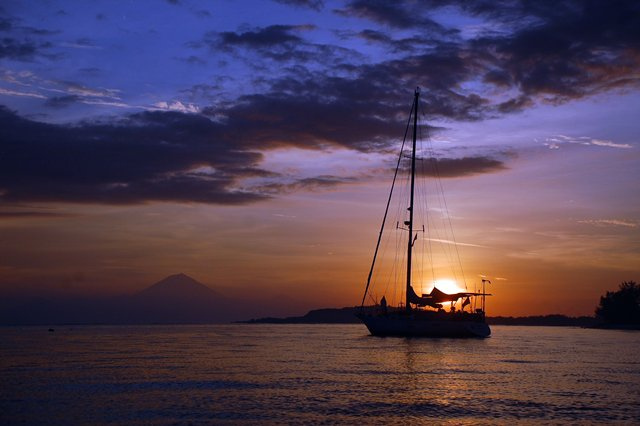


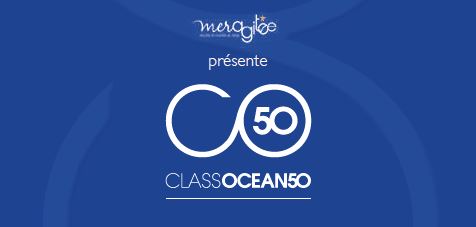
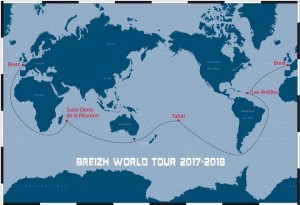
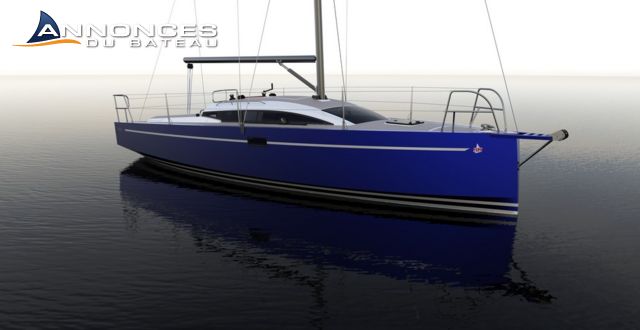
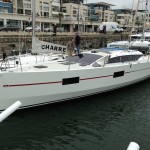
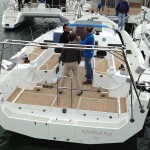

fin_360.jpg)


